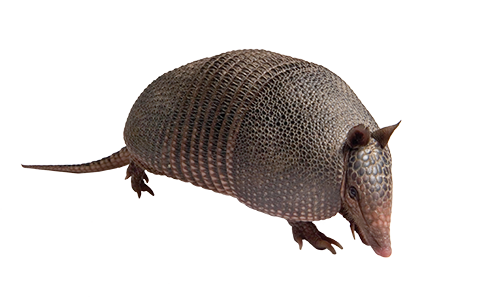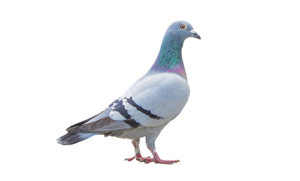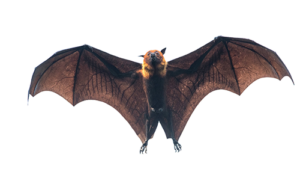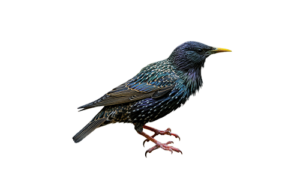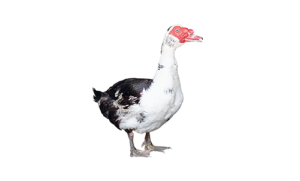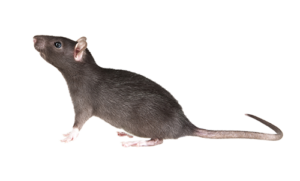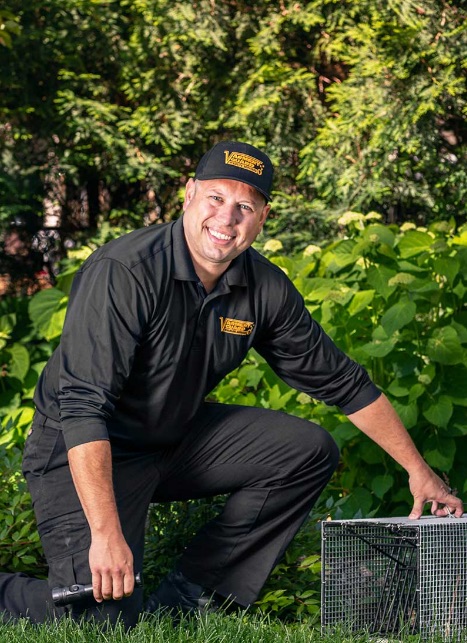Armadillos are generally found in the southern United States, mainly in Florida and Texas. However, they have been spotted in several other states, going as far north as the midwest. These creatures are not indigenous to our country. Once they were transplanted here, they quickly expanded across the southern states. There are many different problems associated with armadillos, including the carrying of diseases and the destruction of property when burrowing their nests. When an armadillo becomes a nuisance, it is necessary to contact an armadillo removal specialist to remove the animal.
Characteristics
The nine-banded armadillo has very rough skin with hard dermal plates, giving it a shell-like appearance. The tail also has a series of up to 15 dermal plates to protect it. This animal is about the size of a housecat, measuring about 15 to 17 inches in length and weighing between eight and 17 pounds. Armadillos are various shades of gray and brown, with short legs, large curved claws, long ears, and a snout nose similar to that of a pig. These creatures are very nocturnal with poor eyesight, relying heavily on their sense of smell. When startled, they tend to jump up to two feet in the air before running away and hiding.
Habitat
Armadillos are found in the warmer climates of South America, Central America, and Southeastern United States. Though they prefer warmer climates, they can live in a diverse range of environments, including woods, grasslands, forests, rainforests, and tropical forests. The expansion across the country is because armadillos have very few natural predators. The only natural predators are black bears, coyotes, bobcats, foxes, raccoons, and large dogs. However, in this country, the armadillos primary predator is the automobile.
Armadillos are great swimmers and prefer to live near bodies of water. They are commonly found in habitats near lakes, ponds, and streams. The armadillo shares its burrow with others, but never at the same time. They are generally loners, but will move into another’s underground burrow if available.
Diet
The primary food sources for armadillos include grubs, small reptiles, birds, termites, and ants. They also consume a variety of fruits and berries when in season. The diet of an armadillo depends greatly upon the location and what is abundantly available. These creatures are expert diggers and when necessary will scavenge for food underground.
Signs
The number one sign indicating there is an armadillo on a property is the large tunnel they burrow under and along structures. In the areas where armadillos are digging signs of cracked concrete or pipes may appear near the burrow site. Other signs include seeing landscaping torn apart, and smaller dugouts throughout the yard. Family pets also show a change in behavior and act upset when an armadillo is nearby.
Problems
Armadillos are excellent diggers, often creating large burrows next to homes. When they dig near a home they displace the dirt which causes structural damage. Armadillos also dig random holes in yards in search of earthworms and grubs in the dirt. Other than that, there are very few issues associated with armadillos. They tend to leave people alone and sleep up to 20 hours per day. They have no major fear of being attacked nor do they defend themselves. Generally, armadillos run and hide when feeling threatened.
These creatures do move at a very slow pace and when trying to cross roads, they often get hit by a passing car. This becomes a problem as the carcasses attract vultures and other similar animals to the side of the road. If not spotted by drivers, these animals also get hit by passing cars.
Diseases
Armadillos have very low body temperatures, which means they are one of the rare, non-human creatures that can easily contract and carry leprosy. This disease can easily be transferred to humans by handling the animal or by consuming the meat of an armadillo. These animals also carry chagas disease. If possible, stay as far away from armadillos and call for an armadillo removal specialist for help removing the animal.
Nuisance
Armadillos have strong powerful claws used to dig deep burrows along fences, along the sides of homes, under patios, and under sheds. When they burrow deep into the ground, it destabilizes the soil, which weakens the ground underneath buildings, flowerbeds, and gardens. This can eventually lead to the collapse of a building and destruction of flowerbeds and gardens. Once the animal becomes a nuisance and potential threat to structures, call for immediate help from an armadillo removal specialist.
Prevention
Homeowners have a variety of options available to aid in the prevention of armadillos from entering a property. As with all nuisance animals, the number one thing to do is remove all possible food sources. This means taking care of a lawn to remove as many insects and grubs as possible. Installing fences around a property can help as long as it goes into the ground several inches to prevent the armadillo from burrowing under the fence. Placing chicken wire along the base of buildings and into the ground about 12 inches also prevents armadillos from burrowing near buildings.
Removal
State laws vary about how to capture and remove armadillos. To avoid violating or breaking any laws, it is best to call for help from an armadillo removal specialist. The technician ensures the animals are removed in a safe, legal, and humane way.
It is always best to hire an expert, because these creatures require specific skills and intimate knowledge of their behavior. Plus, with the threat of spreading diseases, the use of proper protective equipment is necessary. The technicians have an intimate knowledge of armadillo behavior.
Many armadillos are considered endangered and have laws regarding their removal. The hiring of an armadillo removal specialist ensures the animal is not only trapped legally, but also taken care of in a humane and safe way. The technician will also aid in the setting up any prevention measures to stop other armadillos from entering a property in the future.
